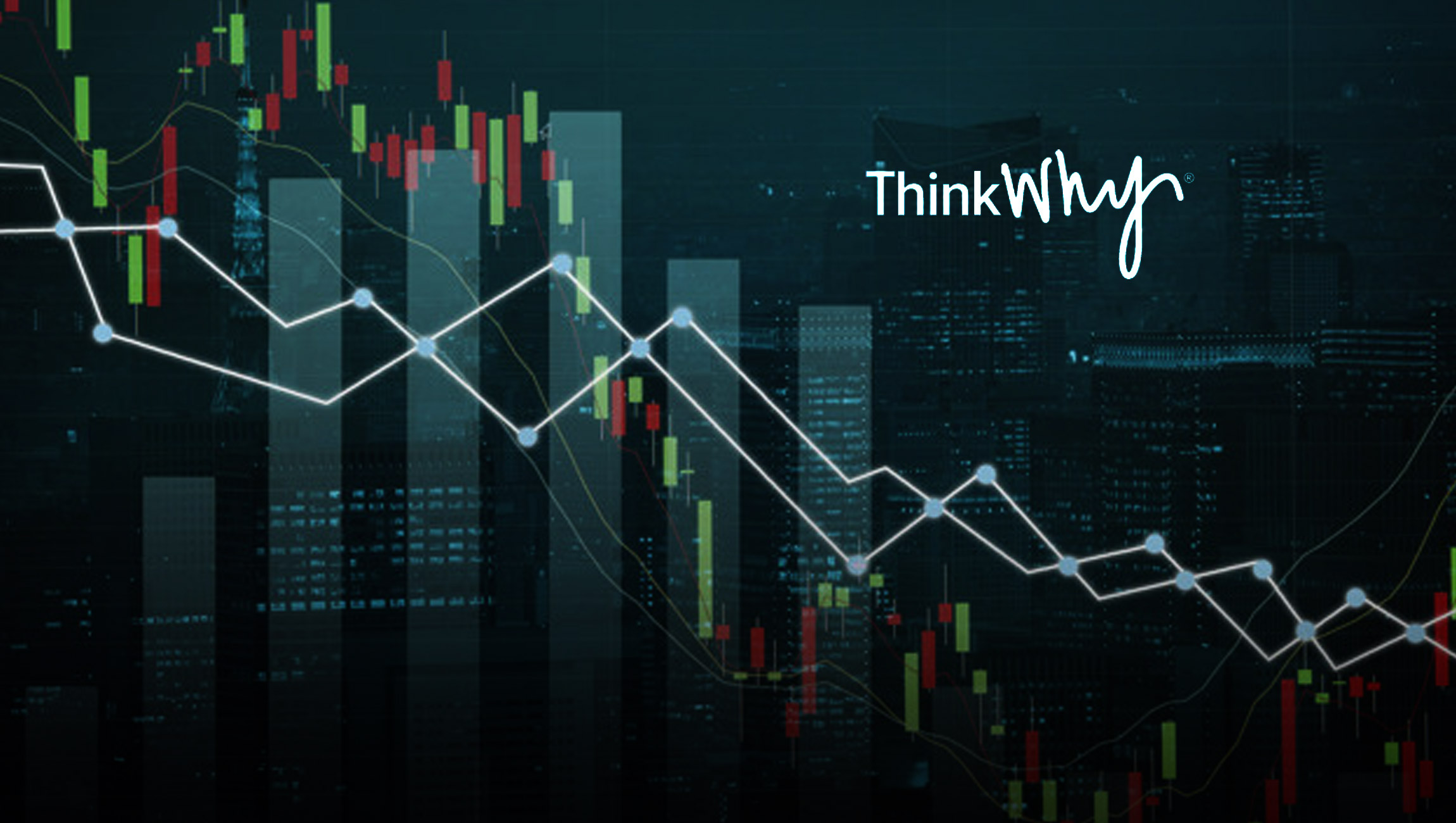COVID-19 Pandemic Devastates Two Decades of Job Gains In Just Two Months
ThinkWhy, a SaaS company helping businesses navigate the labor market, has released its U.S. monthly jobs report for April 2020. The company estimates the actual unemployment rate for April is near 22.8 percent, according to proprietary forecasts from LaborIQ, ThinkWhy’s reporting platform.
HR Technology News: TecHRseries Interview with Carlo Fidanza, Chief People Officer at Accedian
“ThinkWhy believes the impact to the labor market was very front-loaded, and the month-to-month totals for job loss should begin to moderate in May. LaborIQ forecasts a recovery in the job market beginning in the second half of 2020.”
As reported monthly through the BLS, the U.S. unemployment rate for April rose to 14.7 percent. However, this represents data collected up until April 18, and is not inclusive of the total number of unemployed, all persons marginally attached to the labor force, and the total employed part-time for economic reasons (known as U6 unemployment), which bumps the rate closer to 22.8 percent.
HR Technology News: $2.5 Billion Consulting Company Expands into Australia
“April’s job loss was the worst on record, and a continued climb in unemployment is expected in the next few months,” said Jay Denton, SVP, Business Intelligence and Chief Innovation Officer at ThinkWhy. “ThinkWhy believes the impact to the labor market was very front-loaded, and the month-to-month totals for job loss should begin to moderate in May. LaborIQ forecasts a recovery in the job market beginning in the second half of 2020.”
Labor Market Performance:
- Non-farm payrolls decreased 20.5 million in April
- Labor force participation decreased to 60.2%
- Leisure and Hospitality jobs took the brunt of job losses at -7.653 million
- Combined February and March revisions were down by 214,000 jobs
- 32% of teenagers were reported as unemployed
- 16.7% of Blacks and 18.9% of Hispanics were reported as unemployed
- Persons marginally attached to the labor force – those not in the labor force who currently want a job – numbered 2.3 million in April, up by 855,000 from last month
The speed of economic recovery will be informed by the available and updated data surrounding consumer spending, sentiment, personal consumption expenditures and manufacturing. Consumer sentiment, a measure of consumer attitudes, dropped 17.3 index points in April compared to a decline of 11.9 points in March, an indicator that is critical to forecasts of reopening states or extending restrictions due to the pandemic’s impact.
ThinkWhy It Matters: Key Takeaways from the April Employment Report
The coronavirus pandemic stings not only because of the public health crisis it has inflicted, but because it wiped out more than a decade of job gains in just two months. As businesses navigate this challenging time, they can:
- Create business operating models for safe return-to-work initiatives. Following state executive orders, this may include flexible or partial return practices.
- Update business continuity plans and account for continued interruptions of normal work.
- Consider upskilling and cross skilling practices to bolster new talent acquisition initiatives as the recovery phases progress.
- Leverage the second round of Paycheck Protection Program funds to support continued business operations.
HR Technology News: TecHRseries Interview with Saray Ben-Meir, Chief of Staff at SQream

